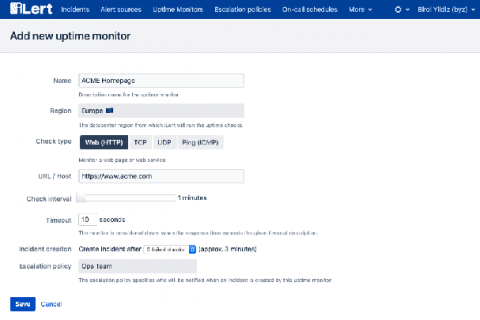Virtualize the NOC: Accelerate Your Transition to Remote IT Ops with AIOps
The sudden shift to remote work caused by the global pandemic has forced IT Ops pros to quickly adjust in multiple ways to maintain the uptime and stability of critical digital services. Amidst this crisis, AIOps has emerged as a lifeline, as it facilitates remote collaboration, streamlines incident management, and accelerates detection and resolution.











